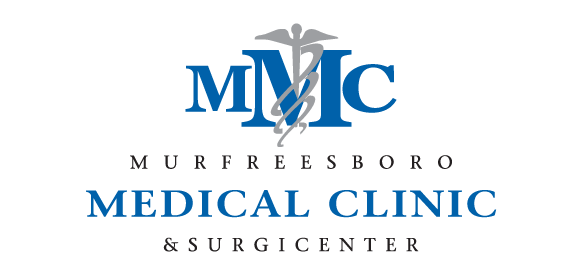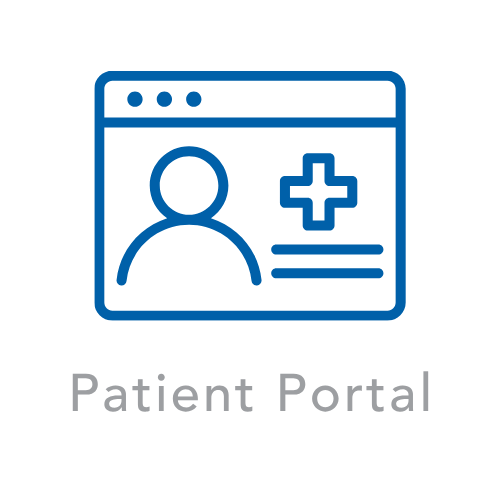LYMPHEDEMA RISK REDUCTION
Lymphedema may be a significant problem for some women following breast surgeries and/or removal of the lymph nodes, with or without radiation therapy. Lymphedema is the swelling of an extremity or body area from fluid accumulation due to disrupted lymphatic flow. This condition may occur early after surgery or years later. It causes heaviness or fullness of the arm sometimes associated with pain, restricts movement of the arm and shoulder, and increases risk for cellulites or infection. Lymphedema is a troubling condition and until recently little was known about effective treatments. The condition sometimes becomes a chronic problem requiring lifestyle modification and medical care.
The good news is lymphedema is occurring less frequently because of newer surgical procedures. Reducing the amount of lymph flow disruption by limiting the number of nodes removed during breast cancer surgery and limiting the area treated with radiation therapy has decreased how frequently lymphedema occurs in a womans lifetime from approximately 15%-25% in the past 3%-7% currently. Sentinel node mapping, or removal of only the first or few lymph nodes in the armpit that drain the breast, has decreased the risk for lymphedema, by reducing the amount of tissue disruption and internal scarring.
Because a small risk exists and lymphedema can be a troubling problem, women are still advised to take some precautions in hopes of preventing the condition. A wise old womans saying may apply to lymphedema risk reduction: An ounce of prevention is worth a pound of cure. While there is limited scientific proof that many of the preventative measures actually prevent the problem, several prudent practices are recommended by the National Lymphedema Network (NLN at www.lymphnet.org).
Several factors seem to be related to lymphedema when it occurs: a large body size and inactive lifestyle, injuries including burns, insect bites, prolonged heat/sun exposure, excessive lifting or strenuous overuse/exercise, or infection in the limb. Long air flight travel with atmosphere pressure changes are also thought to begin the condition.
While you are in the hospital and receiving medical care, efforts are taken to avoid needle sticks and blood pressures on the side of surgery to prevent any unnecessary stress to the challenged lymphatic system.
Some mild post-operative and treatment-related swelling is expected for the first few weeks. If persistent or new swelling occurs in the limb or chest area on the side of surgery or radiation, notify your physician. Redness, heat, fever or signs of infection need to be reported promptly for treatment with antibiotics. When lymphedema is suspected, evaluation by your physician and early referral to a lymphedema specialist for a special massage technique and, possibly, a fitting for a compression sleeve might be indicated. Baptist Hospital offers lymphedema services through Outpatient Rehabilitation.
Early, gradual progression of activity after surgery facilitates lymph flow. Use of the arm for light activity, and restoring full range of motion following drain removal facilitates healing and decreases internal scarring that inhibits lymphatic flow. Consult with your physician about activity progression. The NLN (www.lymphnet.org) has guidelines about exercise and risk reduction practices follow:
Skin Care: Avoid trauma/injury and reduce infection risk
- Keep extremity clean and dry.
- Apply moisturizer daily to prevent chapping/chaffing of skin.
- Attention to nail care; do not cut cuticles.
- Protect exposed skin with sunscreen and insect repellent.
- Use care with razors to avoid nicks and skin irritation (recommend use of well maintained electric razors instead of blade razors to decrease risk).
- If possible, avoid punctures such as injections and blood draws.
- Wear gloves while doing activities that may cause skin injury (i.e., gardening, working with tools, using detergents or other chemicals).
- If scratches/punctures to skin occur, wash with soap and water, apply antibiotics, and observe for signs of infection (i.e., redness).
- If a rash, itching, redness, pain, increased skin temperature, fever or flu- like symptoms occur, contact your physician immediately.
Activity/Lifestyle
- Gradually build up the duration and intensity of any activity or exercise.
- Take frequent rest periods during activity to allow for limb recovery.
- Monitor the extremity during and after activity for any change in size, shape, tissue, texture, soreness, heaviness or firmness.
- Maintain optimal weight.
Avoiding limb construction
- If possible, avoid having blood pressure taken on the at-risk arm.
- Wear loose fitting jewelry and clothing.
Compression Garments
- Should be well-fitting.
- Support the at-risk limb with a compression garment for strenuous activity (i.e., prolongs standing, running, work).
- Wear a well-fitting compression garment for air travel or compression wraps for long trips as taught by lymphedema specialist.
Extremes of Temperature
- Avoid exposure to extreme cold, which can be associated with rebound swelling, or chapping of skin.
- Avoid prolonged (>15 minutes) exposure to heat, particularly hot tubs and saunas.
- Avoid immersing limb in water temperatures above 102 F (keep closer to 98-99 F which is normal body temperature).







